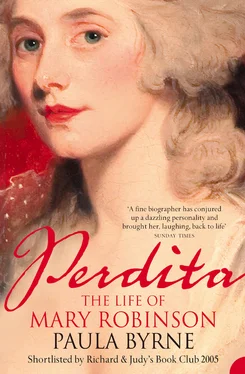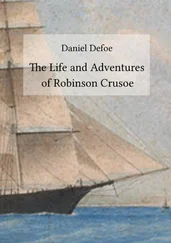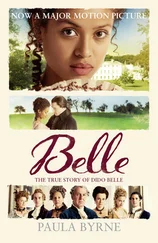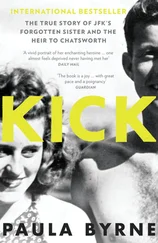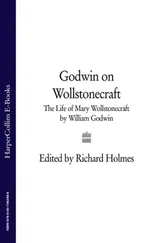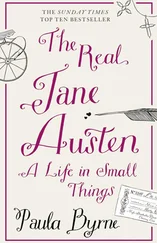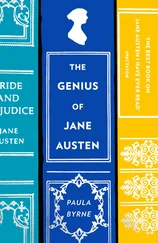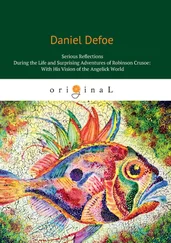THE LIFE OF MARY ROBINSON
In memory of my grandmother,another Mary Robinson
I was delighted at the Play last Night, and was extremely moved by two scenes in it, especially as I was particularly interested in the appearance of the most beautiful Woman, that ever I beheld, who acted with such delicacy that she drew tears from my eyes.
(George, Prince of Wales)
There is not a woman in England so much talked of and so little known as Mrs Robinson.
( Morning Herald , 23 April 1784)
I was well acquainted with the late ingenious Mary Robinson, once the beautiful Perdita … the most interesting woman of her age.
(Sir Richard Phillips, publisher)
She is a woman of undoubted Genius … I never knew a human Being with so full a mind – bad, good, and indifferent, I grant you, but full, and overflowing.
(Samuel Taylor Coleridge)
I am allowed the power of changing my form, as suits the observation of the moment.
(Mary Robinson, writing as ‘The Sylphid’)
COVER
TITLE PAGE
DEDICATION
EPIGRAPH
PROLOGUE
PART ONE: ACTRESS
1. ‘During a Tempestuous Night’
2. A Young Lady’s Entrance into the World
3. Wales
4. Infidelity
5. Debtors’ Prison
6. Drury Lane
7. A Woman in Demand
PART TWO: CELEBRITY
8. Florizel and Perdita
9. A Very Public Affair
10. The Rivals
11. Blackmail
12. Perdita and Marie Antoinette
13. A Meeting in the Studio
14. The Priestess of Taste
15. The Ride to Dover
16. Politics
PART THREE: WOMAN OF LETTERS
17. Exile
18. Laura Maria
19. Opium
20. Author
21. Nobody
22. Radical
23. Feminist
24. Lyrical Tales
25. ‘A Small but Brilliant Circle’
P.S. IDEAS, INTERVIEWS & FEATURES …
ABOUT THE AUTHOR
Q AND A WITH PAULA BYRNE
LIFE AT A GLANCE
TOP TEN BOOKS
ABOUT THE BOOK
CELEBRITY
READ ON
HAVE YOU READ?
IF YOU LOVED THIS, YOU MIGHT LIKE …
FIND OUT MORE
EPILOGUE
APPENDIX: THE MYSTERY OF MRS ROBINSON’S AGE
BIBLIOGRAPHY
INDEX
ACKNOWLEDGEMENTS
ABOUT THE AUTHOR
NOTES
PRAISE
OTHER WORKS
COPYRIGHT
ABOUT THE PUBLISHER
In the middle of a summer night in 1783 a young woman set off from London along the Dover road in pursuit of her lover. She had waited for him all evening in her private box at the Opera House. When he failed to appear, she sent her footman to his favourite haunts: the notorious gaming clubs Brooks’s and Weltje’s; the homes of his friends, the Prince of Wales, Charles James Fox, and Lord Malden. At 2 a.m. she heard the news that he had left for the Continent to escape his debtors. In a moment of panic and desperation, she hired a post chaise and ordered it to be driven to Dover. This decision was to have the most profound consequences for the woman famous and infamous in London society as ‘Perdita’.
In the course of the carriage ride she suffered a medical misadventure. * And she did not meet her lover at Dover: he had sailed from Southampton. Her life would never be the same again.
Born Mary Darby, she had been a teenage bride. As a young mother she was forced to live in debtors’ prison. But then, under her married name of Mary Robinson, she had been taken up by David Garrick, the greatest actor of the age, and had herself become a celebrated actress at Drury Lane. Many regarded her as the most beautiful woman in England. The young Prince of Wales – who would later become Prince Regent and then King George IV – had seen her in the part of Perdita and started sending her love letters signed ‘Florizel’. She held the dubious honour of being the first of his many mistresses.
In an age when most women were confined to the domestic sphere, Mary was a public face. She was gazed at on the stage and she gazed back from the walls of the Royal Academy and the studios of the men who painted her, including Sir Joshua Reynolds, who was to painting what Garrick was to theatre. The royal love affair also brought her image to the eighteenth-century equivalent of the television screen: the caricatures displayed in print-shop windows. Her notoriety increased when she became a prominent political campaigner. In quick succession, she was the mistress of Charles James Fox, the most charismatic politician of the age, and Colonel Banastre Tarleton, known as ‘Butcher’ Tarleton because of his exploits in the American War of Independence. The prince, the politician, the action hero: it is no wonder that she was the embodiment of – the word was much used at the time, not least by Mary herself – ‘celebrity’.
Her body was her greatest asset. When she came back from Paris with a new style of dress, everyone in the fashionable world wanted one like it. When she went shopping, she caused a traffic jam. What was she to do when that body was no longer admired and desired?
Fortunately, she had another asset: her voice. Whilst still a teenager, she had become a published poet. Because of her stage career, she had an intimate knowledge of Shakespeare’s language – and the ability to speak it. So, as her health gradually improved, she remade herself as a professional author. Having transformed herself from actress to author, she went on to experiment with a huge range of written voices, as is apparent from the variety of pseudonyms under which she wrote: Horace Juvenal, Tabitha Bramble, Laura Maria, Sappho, Anne Frances Randall. She completed seven novels (the first of them a runaway bestseller), two political tracts, several essays, two plays and literally hundreds of poems. 1
Actress, entertainer, author, provoker of scandal, fashion icon, sex object, darling of the gossip columns, self-promoter: one can see why she has been described as the Madonna of the eighteenth century. 2 But celebrity has its flipside: oblivion. Mary Robinson had the unique distinction of being painted in a single season by the four great society artists of the age – Sir Joshua Reynolds, Thomas Gainsborough, John Hoppner, and George Romney – and yet within a few years of her death the Gainsborough portrait was being catalogued under the anonymous title Portrait of a Lady with a Dog . In the twentieth century, despite the resurgence of the art of life-writing and the enormous interest in female authors, there was not a single biography of Robinson. Before the Second World War, she was considered suitable only for fictionalized treatments, historical romances and bodice-rippers with titles such as The Exquisite Perdita and The Lost One . In the 1950s her life was subordinated to that of the lover she thought she was pursuing to France. * A book on George IV and the women in his life did not even mention Mary’s name, despite the fact that she was his first love and he remained in touch with her for the rest of her life. 3 Finally in the 1990s, feminist scholars began a serious reassessment of Robinson’s literary career. However, their work was aimed at a specialized audience of scholars and students of the Romantic period in literature. 4
When Mary Robinson began writing her autobiography, near the end of her life, there were two conflicting impulses at work. On the one hand, she needed to revisit her own youthful notoriety. She had been the most wronged woman in England and she wanted to put on record her side of the story of her relationship with the Prince of Wales. But at the same time, she wanted to be remembered as a completely different character: the woman of letters. As she wrote, she had in her possession letters from some of the finest minds of her generation – Samuel Taylor Coleridge, William Godwin, Mary Wollstonecraft – assuring her that she was, in Coleridge’s words, ‘a woman of genius’. Royal sex scandal and the literary life do not usually cohabit between the same printed sheets, but in a biography of the woman who went from ‘Mrs Robinson of Drury Lane’ to ‘the famous Perdita’ to ‘Mary Robinson, author’, they must.
Читать дальше
